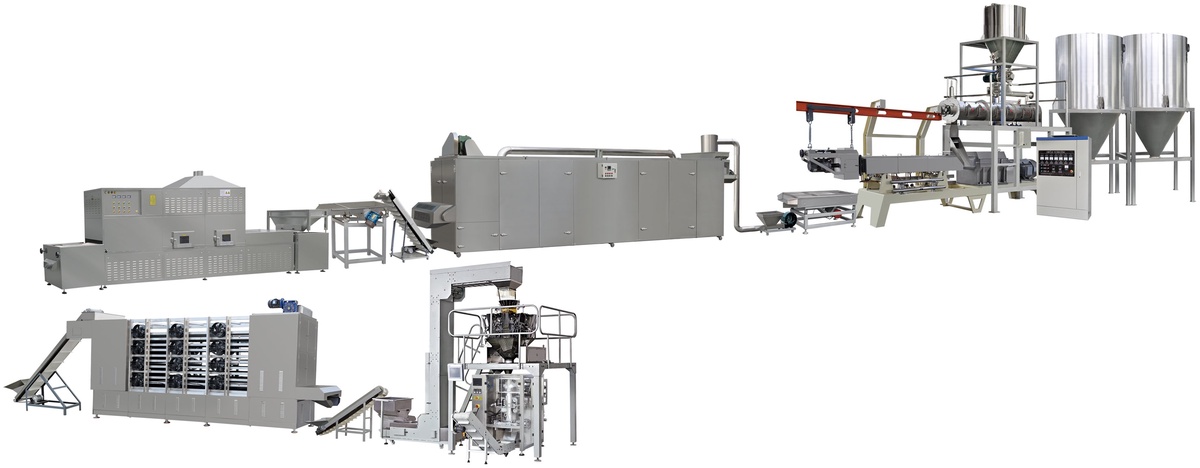Rice is one of the most widely consumed staple foods in the world. However, despite being a major source of calories, rice lacks essential nutrients such as vitamins and minerals. This nutritional deficiency can lead to malnutrition and various health problems, especially in developing countries where rice is a major source of sustenance for millions of people. Fortified rice, also known as rice with added nutrients, can help address this issue. The fortified rice machine is a revolutionary technology that has been developed to increase the nutritional value of rice. This article will discuss the importance of fortified rice and how the fortified rice machine works.
The Need for Fortified Rice
Rice is a major source of calories for half of the world's population, especially in Asia and Africa. However, rice lacks essential nutrients, such as iron, zinc, and vitamin A. Inadequate intake of these nutrients can cause various health problems, such as anemia, blindness, and impaired immune function. These problems are particularly prevalent in developing countries, where access to nutrient-rich foods is limited.
To address this issue, fortification of staple foods has been identified as an effective and cost-efficient approach to improve the nutritional status of populations. Fortified rice is rice that has been fortified with essential micronutrients such as iron, zinc, and vitamin A. Fortified rice can be an effective way to increase the intake of these essential nutrients in populations where rice is a major staple food.
How the Fortified Rice Machine Works
The fortified rice machine is a revolutionary technology that has been developed to fortify rice with essential micronutrients. The machine is designed to mix a nutrient premix with rice kernels, resulting in fortified rice that is ready to be consumed. The nutrient premix is a blend of essential micronutrients, such as iron, zinc, and vitamin A, that are mixed with the rice kernels before they are milled.
The process of fortification using the fortified rice machine is simple and efficient. The nutrient premix is added to the machine, and the rice kernels are then added to the machine. The machine then mixes the nutrient premix with the rice kernels, resulting in fortified rice. The fortified rice can then be packaged and distributed to consumers.
Benefits of the Fortified Rice Machine
The fortified rice machine offers several benefits that make it an attractive technology for fortifying rice. First, the technology is simple and efficient, making it easy to use and cost-effective. This makes it an ideal technology for use in developing countries, where resources and infrastructure may be limited.
Second, the technology is versatile and can be adapted to meet the specific nutritional needs of different populations. The nutrient premix can be customized to include different micronutrients in different quantities, depending on the specific nutritional needs of a population.
Third, the technology ensures that the nutrients are evenly distributed throughout the rice kernels, ensuring that each grain of rice contains the same amount of nutrients. This helps to ensure that consumers receive a consistent dose of essential micronutrients with each serving of rice.
Fourth, the technology does not alter the taste, texture, or appearance of rice, ensuring that consumers will continue to consume fortified rice without any noticeable difference.
Conclusion
Fortified rice is an effective way to increase the intake of essential micronutrients in populations where rice is a major staple food. The fortified rice machine is a revolutionary technology that has been developed to make the fortification process simple, efficient, and cost-effective. The machine offers several benefits, including versatility, consistency, and preservation of rice's taste, texture, and appearance. The fortified rice machine has the potential to improve the nutritional status of millions of people in developing countries and help address the issue of malnutrition.


No comments yet